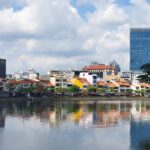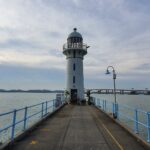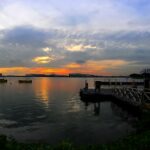
Estonia is a country in northern Europe. It is bordered to the north by the Gulf of Finland across from Finland, to the west by the Baltic Sea across from Sweden, to the south by Latvia, and to the east by Lake Peipus and Russia. The territory of Estonia consists of the mainland, the larger islands of Saaremaa and Hiiumaa, and over 2,200 other islands and islets on the eastern coast of the Baltic Sea, covering a total area of 45,339 km2 (17,505 sq mi). The capital city Tallinn and Tartu are the two largest urban areas of the country.

Tallinn is the most populous, primate, and capital city of Estonia. Situated on a bay in north Estonia, on the shore of the Gulf of Finland of the Baltic Sea, Tallinn has a population of 444,532 and administratively lies in the Harju maakond. Tallinn is the main financial, industrial, and cultural centre of Estonia. It is located 187 km northwest of the country’s second largest city Tartu, however only 80 km south of Helsinki, Finland, also 320 km west of Saint Petersburg, Russia, 300 km north of Riga, Latvia, and 380 km east of Stockholm, Sweden. From the 13th century until the first half of the 20th century, Tallinn was known in most of the world by variants of its other historical name Reval.

Temperatures in Tallinn, Estonia

Helsinki's Ferry to Tallinn, Estonia
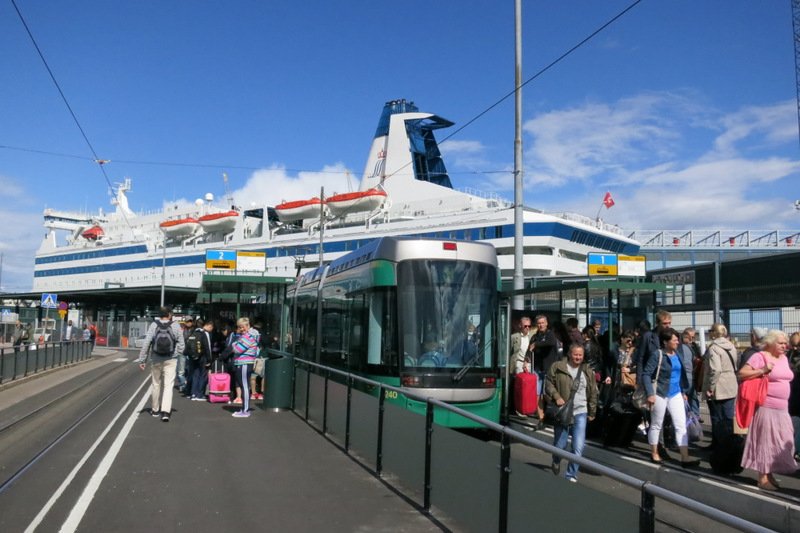
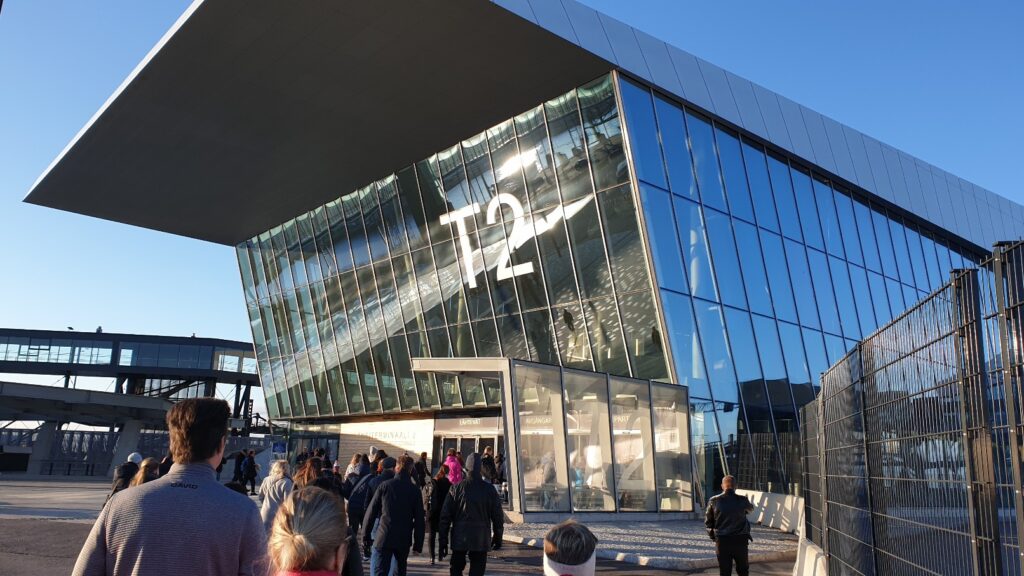
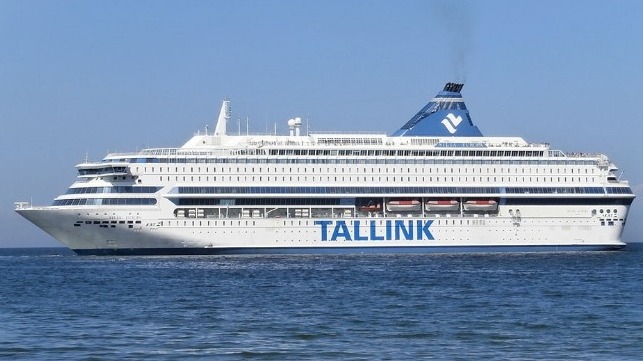
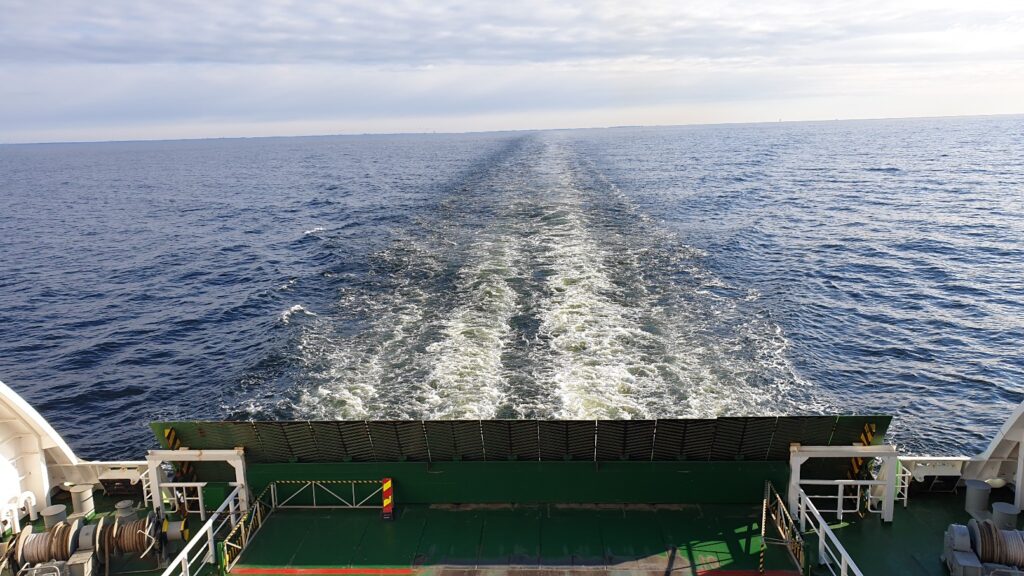
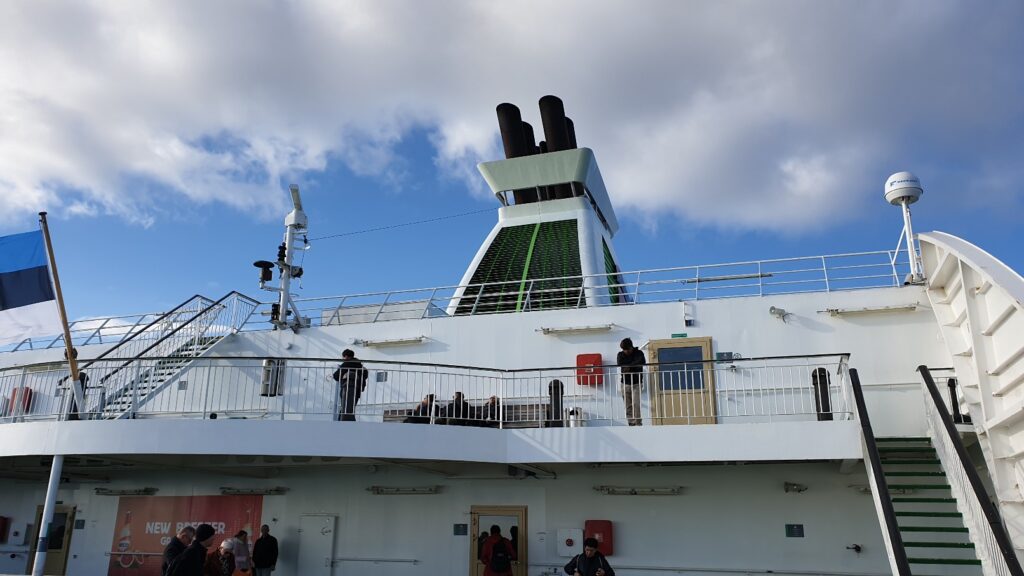
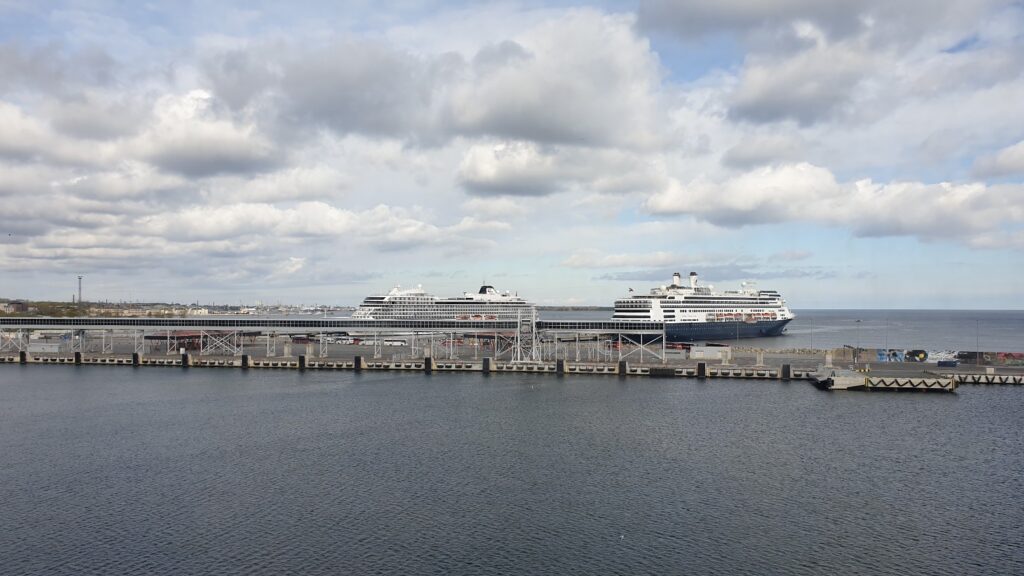
Old Town, Tallinn
Tallinn Old Town is the oldest part of Tallinn, Estonia. Old Town of Tallinn has managed to wholly preserve its structure of medieval and Hanseatic origin. Old Town represents an exceptionally intact 13th century city plan. Since 1997, the area has been registered in the UNESCO World Heritage List. The old town is bordered by the Walls of Tallinn. Its area is 113 ha and there is a buffer zone of 2,253 ha. The majority of the Old Town’s structures were built during the 13th–16th centuries. During World War II, notable destructions took place in 1944 during so-called March Bombing. About 10% of the buildings in the Old Town were destroyed.

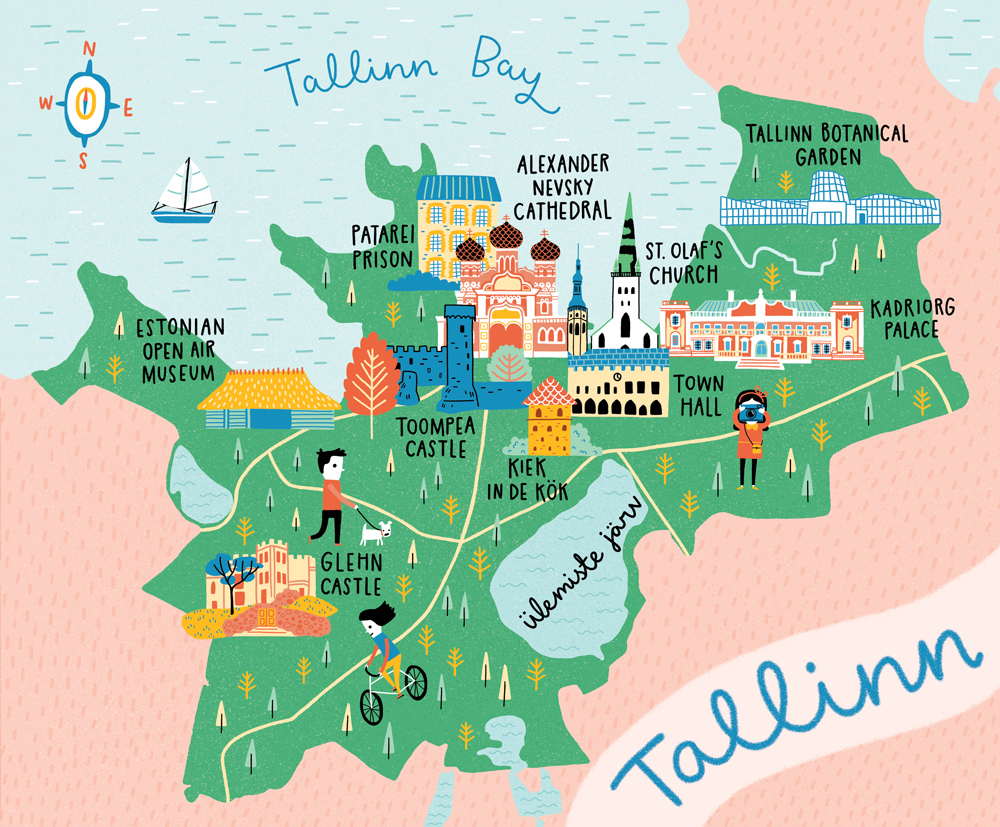
![20190504_094251_copy_1612x907[1]](https://hobbymart.net/wp-content/uploads/2022/02/20190504_094251_copy_1612x9071-768x432.jpg)
![20190504_094257_copy_1612x907[1]](https://hobbymart.net/wp-content/uploads/2022/02/20190504_094257_copy_1612x9071-768x432.jpg)
![20190504_101854_copy_1612x907[1]](https://hobbymart.net/wp-content/uploads/2022/02/20190504_101854_copy_1612x9071-768x432.jpg)
![20190504_102320_copy_1612x907[1]](https://hobbymart.net/wp-content/uploads/2022/02/20190504_102320_copy_1612x9071-768x432.jpg)
![20190504_102623_copy_1612x907[1]](https://hobbymart.net/wp-content/uploads/2022/02/20190504_102623_copy_1612x9071-768x432.jpg)
![20190504_103023_copy_1612x907[1]](https://hobbymart.net/wp-content/uploads/2022/02/20190504_103023_copy_1612x9071-768x432.jpg)
![20190504_103130_copy_1612x907[1]](https://hobbymart.net/wp-content/uploads/2022/02/20190504_103130_copy_1612x9071-768x432.jpg)
![20190504_103919_copy_1612x907[1]](https://hobbymart.net/wp-content/uploads/2022/02/20190504_103919_copy_1612x9071-768x432.jpg)
![20190504_104256_copy_1612x907[1]](https://hobbymart.net/wp-content/uploads/2022/02/20190504_104256_copy_1612x9071-768x432.jpg)
![20190504_104758_copy_1612x907[1]](https://hobbymart.net/wp-content/uploads/2022/02/20190504_104758_copy_1612x9071-768x432.jpg)
![20190504_104830_copy_1612x907[1]](https://hobbymart.net/wp-content/uploads/2022/02/20190504_104830_copy_1612x9071-768x432.jpg)
![20190504_104852_copy_1612x907[1]](https://hobbymart.net/wp-content/uploads/2022/02/20190504_104852_copy_1612x9071-768x432.jpg)
![20190504_105137_copy_1612x907[1]](https://hobbymart.net/wp-content/uploads/2022/02/20190504_105137_copy_1612x9071-768x432.jpg)
![20190504_105453_copy_1612x907[1]](https://hobbymart.net/wp-content/uploads/2022/02/20190504_105453_copy_1612x9071-768x432.jpg)
![20190504_110226_copy_1612x907[1]](https://hobbymart.net/wp-content/uploads/2022/02/20190504_110226_copy_1612x9071-768x432.jpg)
![20190504_110442_copy_1612x907[1]](https://hobbymart.net/wp-content/uploads/2022/02/20190504_110442_copy_1612x9071-768x432.jpg)
![20190504_111046_copy_1612x907[1]](https://hobbymart.net/wp-content/uploads/2022/02/20190504_111046_copy_1612x9071-768x432.jpg)
![20190504_111209_copy_1612x907[1]](https://hobbymart.net/wp-content/uploads/2022/02/20190504_111209_copy_1612x9071-768x432.jpg)
![20190504_111451_copy_1612x907[1]](https://hobbymart.net/wp-content/uploads/2022/02/20190504_111451_copy_1612x9071-768x432.jpg)
![20190504_112710_copy_1612x907[1]](https://hobbymart.net/wp-content/uploads/2022/02/20190504_112710_copy_1612x9071-768x432.jpg)
![20190504_113439_copy_1612x907[1]](https://hobbymart.net/wp-content/uploads/2022/02/20190504_113439_copy_1612x9071-768x432.jpg)
![20190504_113548_copy_1612x907[1]](https://hobbymart.net/wp-content/uploads/2022/02/20190504_113548_copy_1612x9071-768x432.jpg)
![20190504_122228_copy_1612x907[1]](https://hobbymart.net/wp-content/uploads/2022/02/20190504_122228_copy_1612x9071-768x432.jpg)
![20190504_122807_copy_1612x907[1]](https://hobbymart.net/wp-content/uploads/2022/02/20190504_122807_copy_1612x9071-768x432.jpg)
![20190504_122911_copy_1612x907[1]](https://hobbymart.net/wp-content/uploads/2022/02/20190504_122911_copy_1612x9071-768x432.jpg)
![20190504_140738_copy_1612x907[1]](https://hobbymart.net/wp-content/uploads/2022/02/20190504_140738_copy_1612x9071-1-768x432.jpg)
![20190504_122742_copy_1612x907[1]](https://hobbymart.net/wp-content/uploads/2022/02/20190504_122742_copy_1612x9071-768x432.jpg)
Alexander Nevsky Cathedral
The Alexander Nevsky Cathedral (Estonian: Aleksander Nevski katedraal, Russian: Александро-Невский собор (Таллинн)) is an orthodox cathedral in the Tallinn Old Town, Estonia. It was built to a design by Mikhail Preobrazhensky in a typical Russian Revival style between 1894 and 1900, during the period when the country was part of the Russian Empire. The Alexander Nevsky Cathedral is Tallinn's largest and grandest orthodox cupola cathedral. It is dedicated to Saint Alexander Nevsky who in 1242 won the Battle of the Ice on Lake Peipus, in the territorial waters of present-day Estonia. The late Russian patriarch, Alexis II, started his priestly ministry in the church.
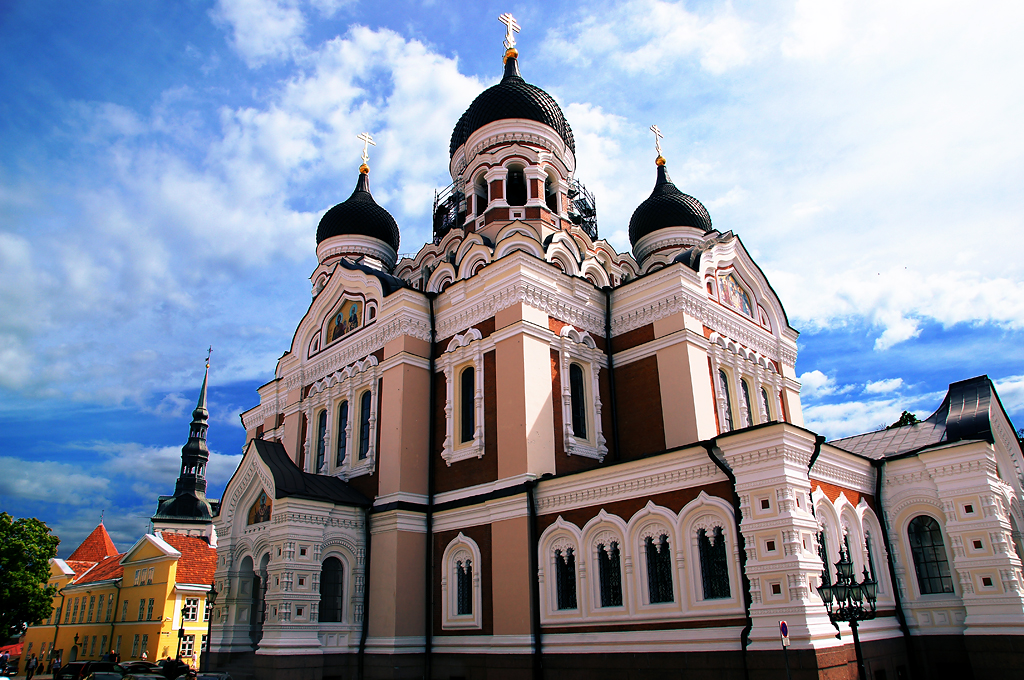

ST OLAF'S Church
St. Olaf’s Church or St. Olav's Church in Tallinn, Estonia, is believed to have been built in the 12th century and to have been the centre for old Tallinn's Scandinavian community before Denmark conquered Tallinn in 1219. Its dedication relates to King Olaf II of Norway (also known as Saint Olaf, 995–1030). The first known written records referring to the church date back to 1267. It was extensively rebuilt during the 14th century.

Town Hall
The Tallinn Town Hall is a building in the Vanalinn of Tallinn, Estonia, next to the Town Hall Square. The building is located in the south side of the medieval market square and is 36.8 metres long. The west wall is 14.5 metres in length, and the east is 15.2 metres. It is a two-storey building with a spacious basement. It is the oldest town hall in the whole Baltic Sea region and Scandinavia.

Tallinn Botanical Garden
Tallinn Botanic Garden, is a botanical garden in Tallinn, Estonia. It is located on the right bank of the Pirita River, in the Kloostrimetsa forest in Pirita district. With an area of 123 ha (300 acres), it is the largest in Estonia.

Kiek IN DE KOK
Kiek in de Kök (Low German: Peep into the Kitchen) is an artillery tower in Tallinn, Estonia, built in 1475. It gained the name Kiek in de Kök from the ability of tower occupants to see into kitchens of nearby houses. The tower is 38 m (125 ft) high and has walls 4 m (13 ft) thick.
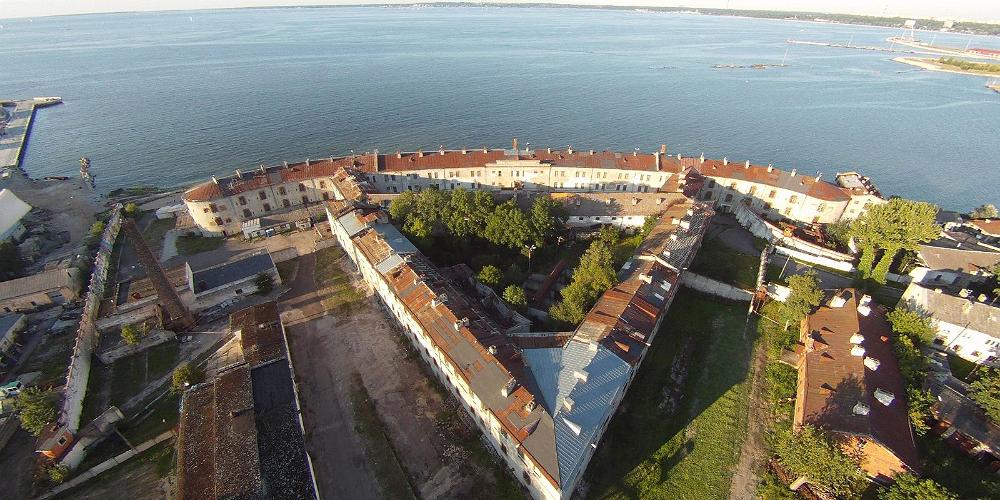
Patarei Prison
Patarei Prison, also known as Patarei Sea Fortress and Tallinn Central Prison (Tallinna Keskvangla), commonly known as The Battery (Patarei), is a building complex in Kalamaja district of Tallinn, Estonia. The premises cover approximately four hectares of a former sea fortress and prison, located on the shore of Tallinn Bay.

Estonian Open Air Museum
The Estonian Open Air Museum is a life-sized reconstruction of an 18th-19th century rural/fishing village, which includes church, tavern, schoolhouse, several mills, a fire station, twelve farmyards and net sheds. Furthermore, it includes a recently opened 20th century Soviet kolkhoz apartment building, and a prefabricated modern wooden house from 2019. The site spans 72 hectares (180 acres) of land and along with the farmyards, old public buildings are arranged singularly and in groups in a way that represents an overview of Estonian vernacular architecture of the past two centuries from across Estonia. The museum is located 8 km (5.0 mi) to the west of Tallinn city center at Rocca al Mare.
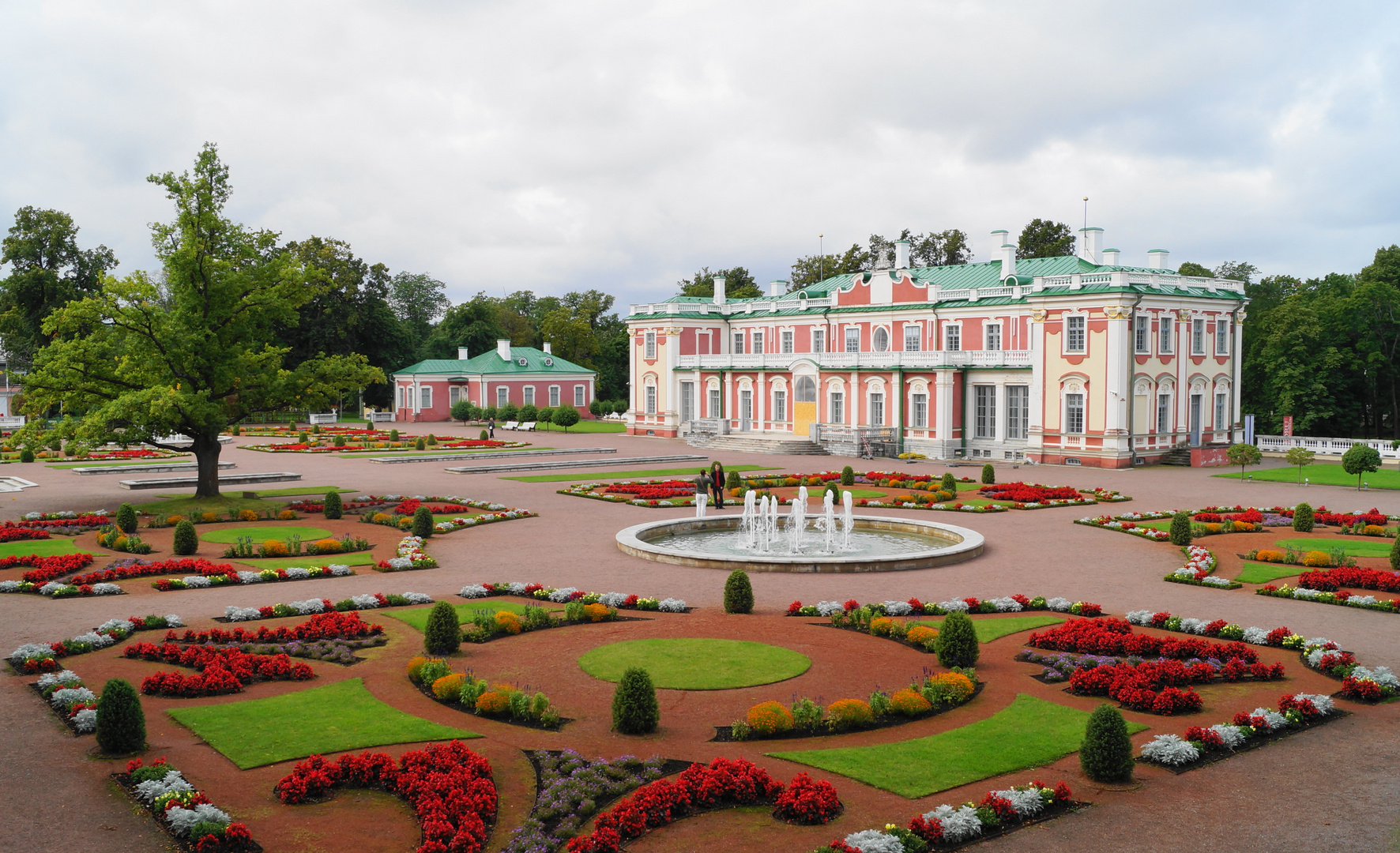
Kadriorg Palace
Kadriorg Palace is a Petrine Baroque palace built for Catherine I of Russia by Peter the Great in Tallinn, Estonia. Both the Estonian and the German name for the palace means "Catherine's valley". It was built after the Great Northern War for Nicola Michetti's designs by Gaetano Chiaveri and Mikhail Zemtsov. The palace currently houses the Kadriorg Art Museum, a branch of the Art Museum of Estonia, displaying foreign art from the 16th to 20th centuries. The KUMU branch of the museum, showing Estonian art from the 18th century onwards is located nearby in the park.
Toompea Castle
Toompea Castle is a castle on Toompea hill in the central part of Tallinn, the capital of Estonia. The castle, an ancient stronghold site in use since at least the 9th century, today houses the Parliament of Estonia.

Glehn Castle
The Glehn Castle is a castle on the hillside of Nõmme, part of Tallinn, Estonia. The manor was designed and established by Nikolai von Glehn on the northern part of the lands of his Jälgimäe Manor to become his new residence. The castle was completed in 1886. The castle is surrounded by a park with several buildings like a palm house (1900–1910), observatory tower (1910) and sculptures "Kalevipoeg" (1908), "Crocodile" (1908), all of which were also designed by Glehn himself. After Glehn emigrated to Germany in 1918 the castle was looted and fell into decline. In the 1960s, restoration of the building commenced. The renovated palace was inaugurated on the 24 March 1977.



